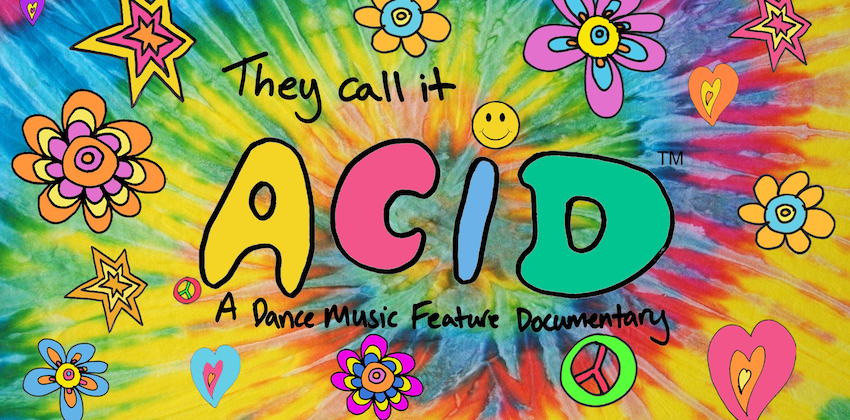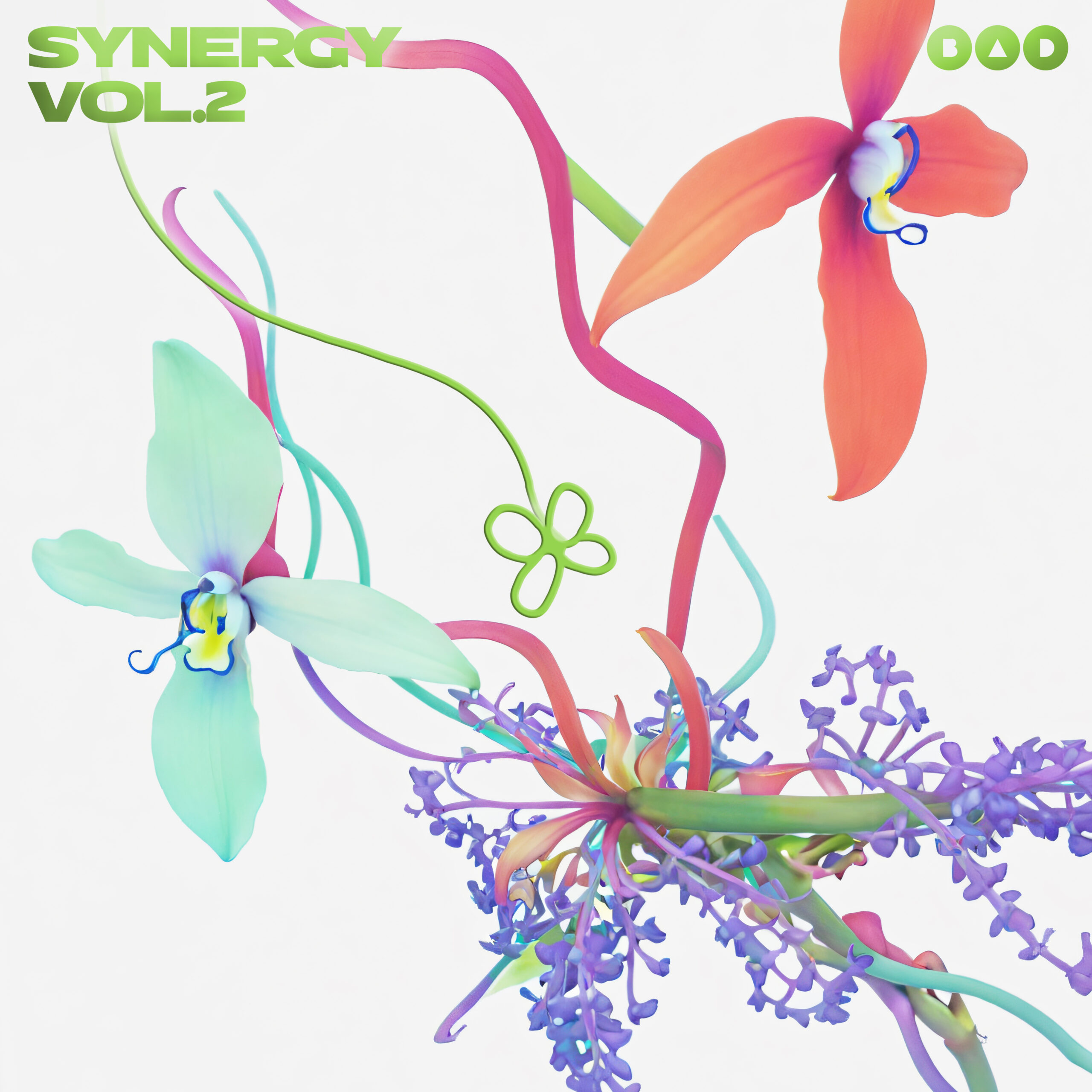Gordon Mason Talks They Call It Acid

Anyone who remembers the heyday of the acid house around the UK – or anyone who was too young but has seen any of the proliferation of rave flyer books and other chronicles of that era – will be aware of the classic line so oft used: “This event is being filmed for future broadcast.”
It was used by assorted promoters in an attempt to circumvent regulations, a ready-made loophole that was supposed to get the increasingly heavy-handed police clampdown on the scourge of the tabloids, the acid house, but, funnily enough, most of these supposed films and TV programmes never saw the light of day. Heck, most attendees at parties and raves rarely saw a camera.
Meanwhile, in the same way any Northern Soul documentary uses footage from Granada’s World In Action, which seems to be the only Wigan Casino footage in existence (directed by Tony Palmer, no less), so any acid house programme has the same handful of clips from Sunrise et al, a bloke in dungarees doing some Shoom-esque trance dancing and the likes.
But all this could be set to change if Gordon Mason has his way.
The director and editor has just launched a crowdfunding initiative to secure funding to finish his film charting the rise and rise of the acid house, They Call It Acid, to give it a proper release.
Mason, was on hand for the crucial 1988 and 89 summers of love, much of the time with a Super 8 camera in hand, picking up footage that has rarely, if ever, been seen in the intervening near-30 years.
“People like Anton [Le Pirate, promoter and rave face] would say bring your Super 8 along, it's going to be really important,” says Mason.
“I knew some of the promoters,” he continues. “I was doing it for fun, I didn't know it was worth filming.”

He’s effectively sat on the footage for more than a quarter of a century, making the film seem remarkably fresh, with all-new footage of happy, happy people, eyes as big as saucers, in smiley t-shirts, Converse and the rest of the uniform of the time.
“I knew what I had from when I was filming it,” says Mason. “I never let anyone have that footage.”
The film – this writer has seen an earlier rough cut – aims to be the definitive documentary of the time. Mason has spent not just months but years interviewing key players from the late 1980s, even the authorities and assorted forces fighting against the movement, weaving the talking head-style interviews together with his footage and more.
“It’s been a real labour of love,” he readily admits. “I filmed the original archive footage, then for the 10-year anniversary, I started making It into a feature documentary in the late 1990s. I started doing interviews, filmed 30-odd, got a cut together from that, and then put it to one side, I’d ran out of money.
“I picked it up again in the mid 2000s, shot the rest of the interviews. It’s been finished for the last 18 months. So yes, it’s a real labour of love.”
He filmed scores of the key players – the list is a veritable who’s who of acid house –with many of the interviewees helping him secure further interviews. “One would lead to another, most people were happy to talk as soon as they got what the project was about. They’d open doors to other people. I’d show them some of the footage we've got, I’d take it along to show them. took it along to show them.
“Doing it over a long period of time helped. Quite often, TV documentaries only get a window of eight to 10 weeks, I've been doing this for years. I caught up with Americans whenever they were over, I could wait.”
The list is hugely impressive – Oakenfold, Cox, Rampling, Farley, Pickering, Fung, and, from the US, May, Jefferson, Heard, Saunders et al. There’s promoters and even a certain Noel Gallagher too.

Why does it make for such a fascinating story? “I’ve always been interested in youth culture, from the mods to the punks and everything else,” he says.
“It interested me how these things develop where they come from, that’s the main narrative of the film. That’s the story that interested me, where and how this culture grew.”
Key to its relevance, Mason adds, is that the acid house explosion may be the last great youth culture. The internet could have put paid to that, effectively ruling out the kind of word-of-mouth, tell-no-one feel of 1988 and 89.
As Mason notes: “Noel Gallagher says it was the last big thing after punk. It’s difficult for things to grow now the way they did.”
The crowdfunding scheme – complete with a raft of goodies on offer – will enable Mason to help clear the music for use on the film and finally get it released. ”I’ve invested a lot of money in the film, as well as time,” he says. “I’m not paying myself back.
“It’s very important to get the music spot on.”
The songs were chosen by Evil Eddie Richards, not merely from his own box, but also to represent sounds from certain clubs and strands of the movement. “I’ve been mates with Eddie Richards for years, I used to DJ at a regular thing with him back in 1985. I used to follow him to Clink Street and Dungeons, I was into it quite early, as were quite a few people in Milton Keynes.”
Mason also went to school with Sunrise supremo and one of the few different promoters who were, at one time or another, dubbed “the Mr Big of acid house” by the tabloids, Tony Colston Hayter. Ironically, Sunrise was one of the few big events of its ilk that Mason didn’t film. “Tony never let me film at Sunrise,” he concludes. “The guy he had filming was shooting on VHS. It was an epic event and he was filming it on a VHS camcorder. He later admitted he should have listened to me.”
For more information and the chance to contribute, go to the They Call It Acid Indiegogo page.


















Must Reads
David Holmes – Humanity As An Act Of Resistance in three chapters
As a nation, the Irish have always had a profound relationship with the people of Palestine
Rotterdam – A City which Bounces Back
The Dutch city is in a state of constant revival
Going Remote.
Home swapping as a lifestyle choice
Trending track
Vels d’Èter
Glass Isle
Shop NowDreaming
Timothy Clerkin
Shop Now